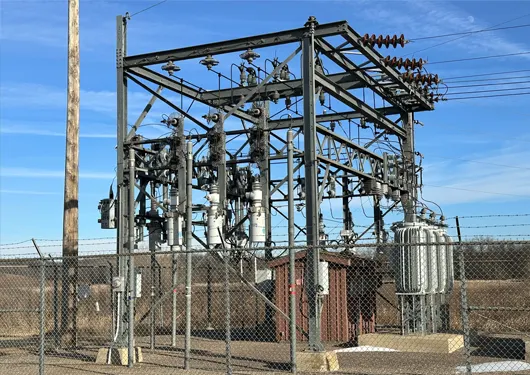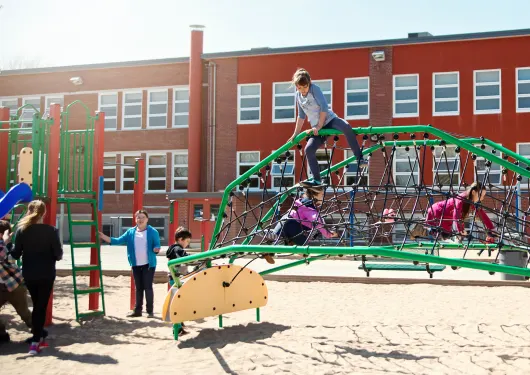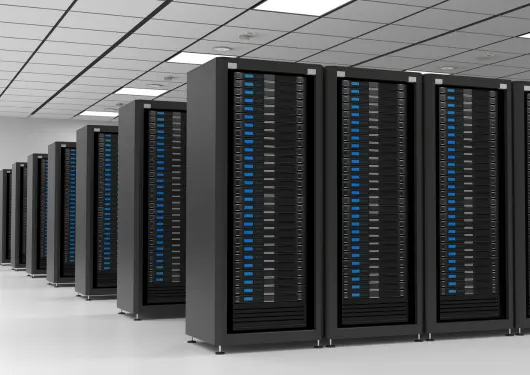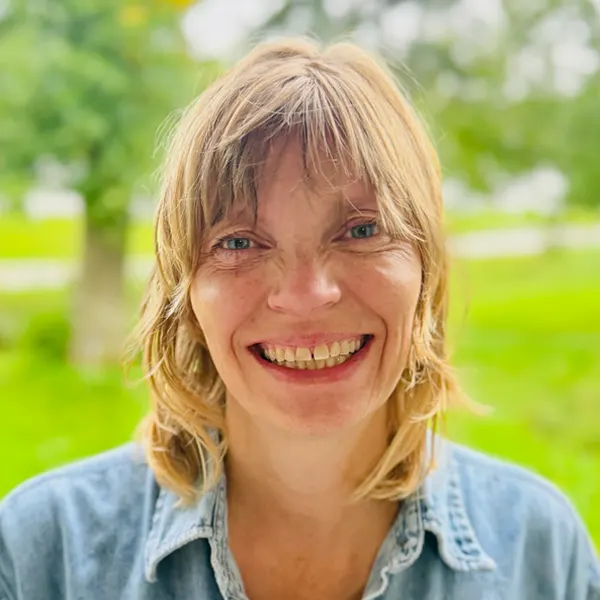Transitioning from using fossil fuels, which pollute and harm the climate, to cleaner energy sources will require big changes. We will have to change both where and how we make energy and how we deliver it to the people and places who need it. This shift in energy systems brings new opportunities but also challenges, especially for rural areas. At CURE, we believe that the voices and well-being of rural communities should be at the heart of any clean energy future. We’re working to create an energy system that focuses on the community. Our goal is to expand renewable energy sources while making sure new developments are fair and respectful to the people who call these places home.
What an Energy Transition Means for Rural America

Siting & Local Power
The future of clean energy is here, and rural communities in Minnesota can benefit and thrive from it. But this will only happen if rural people in these communities are involved in community-centered planning and development of clean energy projects like transmission lines, solar panels, and wind farms. CURE is working at local, state, and federal levels to create plans and tools that expand renewable energy while making sure that environmental and social fairness must be at the heart of any future clean energy system.

Community Benefits
When new energy infrastructure is proposed for a community, it’s essential that local residents are actively involved in deciding how this development takes place—and in determining what benefits they should receive. Every community has unique needs, so the benefits should reflect those differences and extend to everyone, not just a select few. The process for deciding on community benefits should be open, inclusive, and driven by local voices—not dictated by outside interests. Ensuring fair, meaningful community benefits is key to building a just and successful clean energy future.

Data Centers
The rapid advancement of AI, cryptocurrency mining, and related technologies is outpacing public scrutiny of their environmental impacts. Hyperscale data centers, which consume as much electricity as entire cities, threaten energy grid stability and may lead to more polluting energy sources. They use vast amounts of water, exacerbating regional water stress, especially in rural areas. As Big Tech’s influence grows, the debate must shift from corporate benefit to public need. AI development benefits tech companies, but its public advantages are less clear. We must ensure that communities and ecosystems are not burdened without reward.

Policy & Regulation
CURE believes that a just energy transition is a rural transition. This means that decisions about renewable energy siting must be made in collaboration with the rural communities affected by these projects, and that benefits from these projects flow directly to the impacted communities. Our work towards a just transition includes advocating for robust public engagement at every stage of the permitting process, promoting the use of community benefits plans or similar mechanisms, and upholding Minnesota’s fundamental environmental protection and environmental rights laws.

